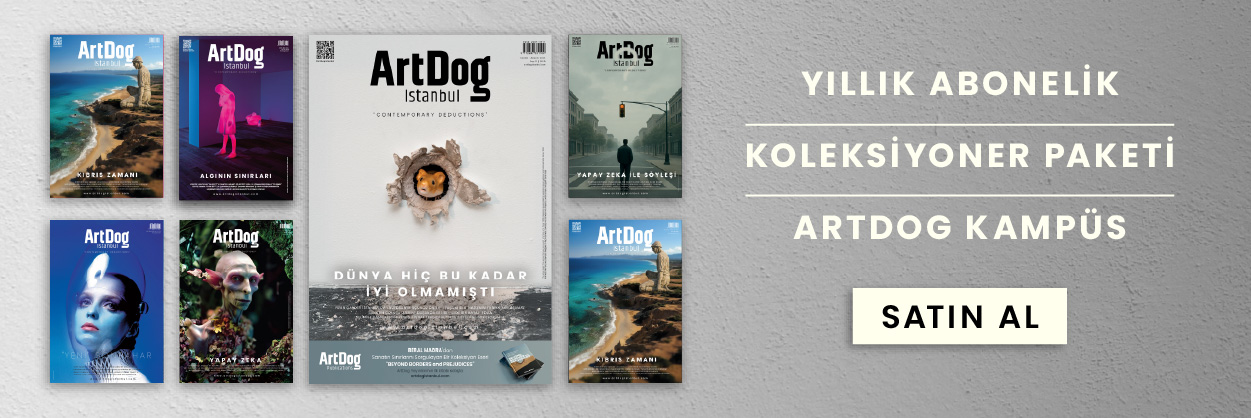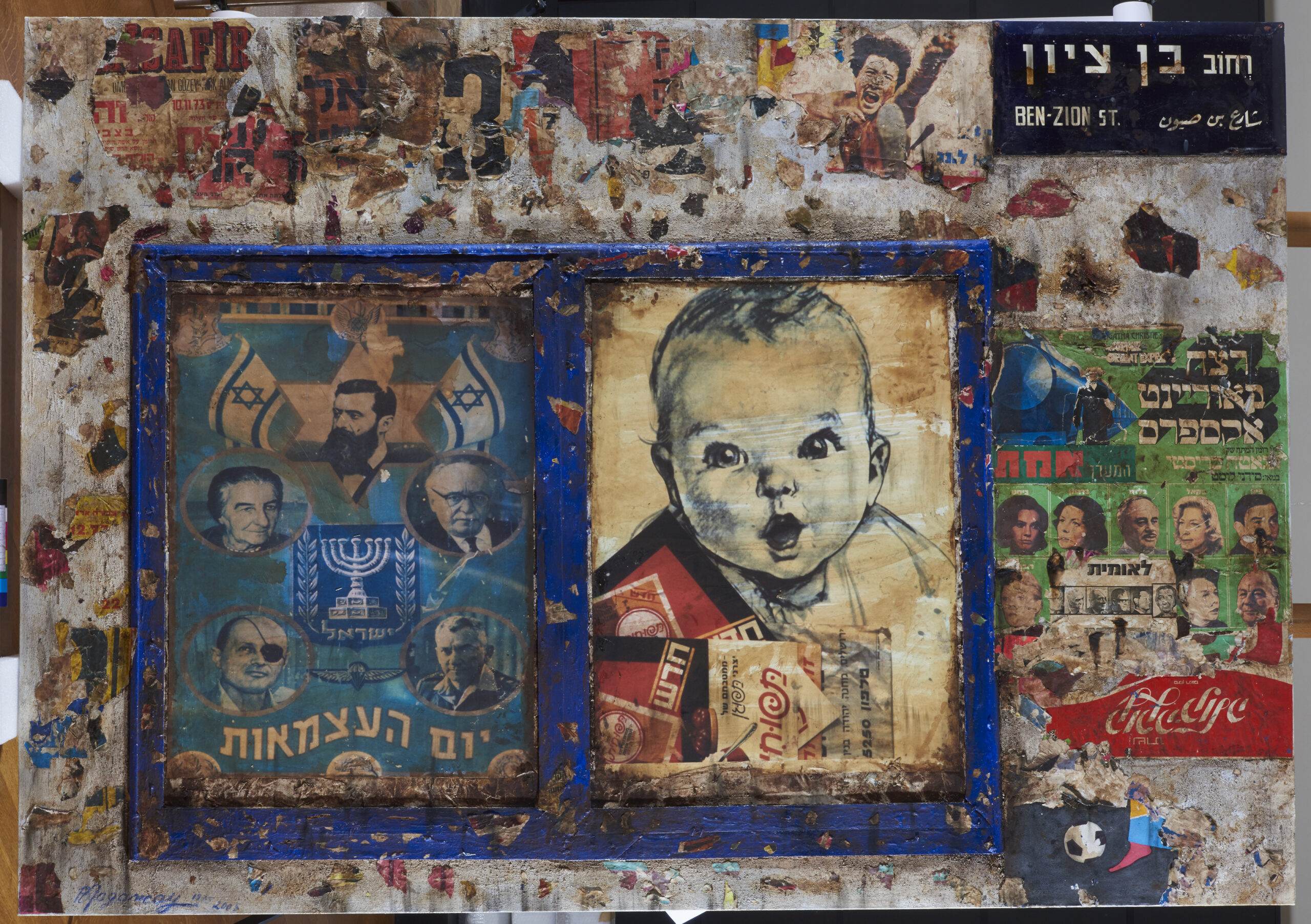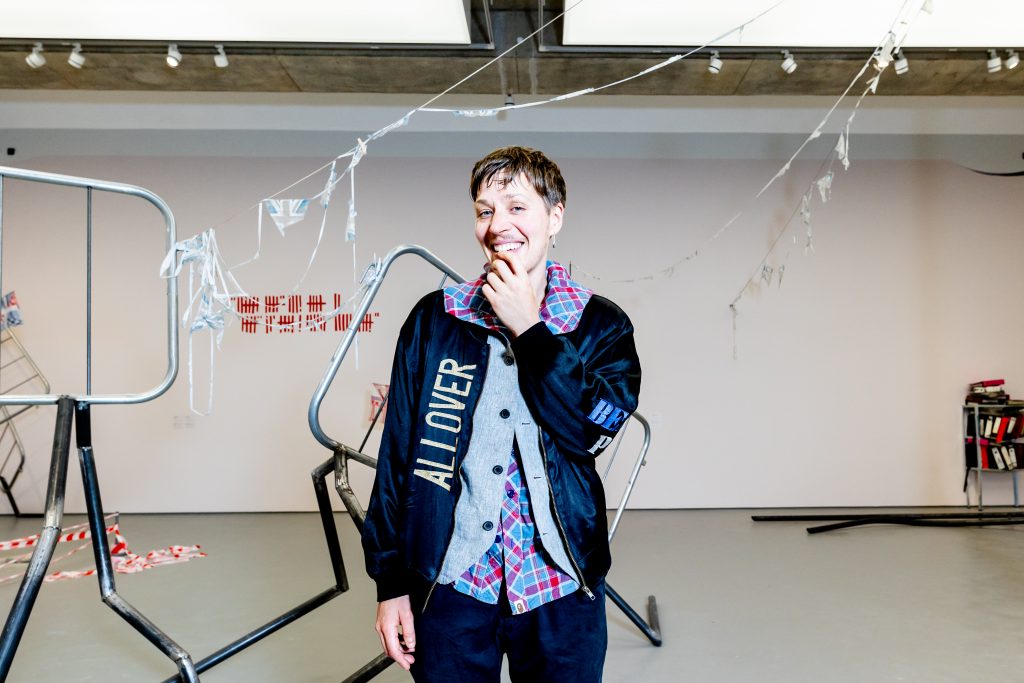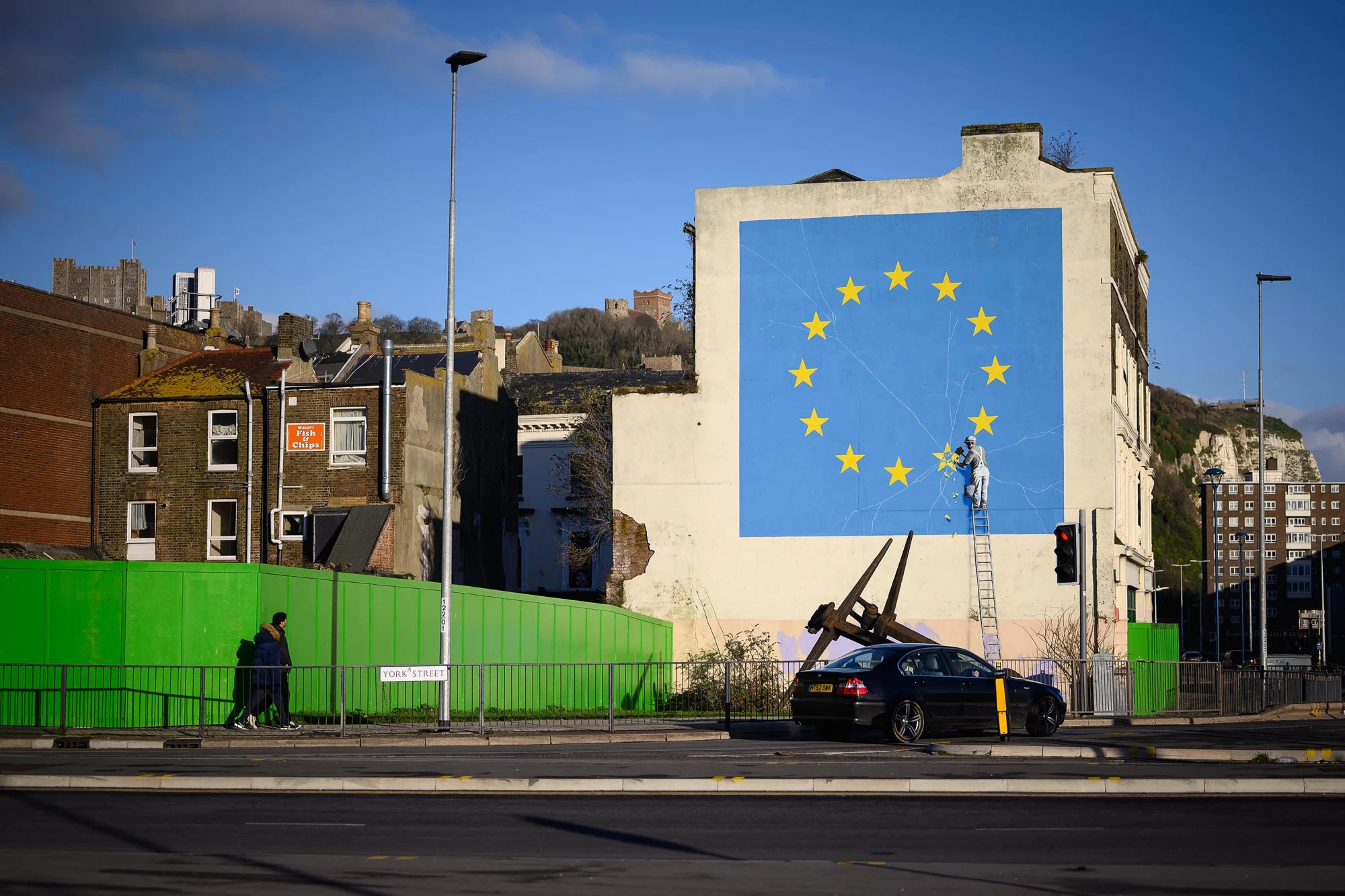Late Turkish artist, Burhan Doğançay’s works are on display at the Museum of Art and History of Geneva (MAH). Doğançay is known for his groundbreaking artworks and collages depicting the walls around the world.
The exhibition The Walls of Burhan Doğançay presents fifty-five works from the series Walls of Israel. The series dates back to 1975 and the artist’s first trip to Jerusalem and Tel Aviv.
Doğançay’s works depict the time after the Yom Kippur War (October 6–24, 1973) revealing both the political context and the dominant mindset in the country at the time: Doves, symbols of peace, hearts, Stars of David, omnipresent, the famous anti-war slogan “Make Love Not War!” and the word “peace,” in Hebrew and English repeating in the images the artist culled from these travels.
These pieces are the starting point of Doğançay’s major artistic, photographic, and archival endeavour, Walls of the World, which was his focus until the end of his life.
Based on this material and sketches, Doğançay built an oeuvre of works on paper and paintings that represent, reframe, rework, and reinterpret walls from the four corners of the world, all while revealing shared aspirations and a universal language.
The exhibition is organized in collaboration with Kunstmuseum Winterthur.
Doğançay’s Walls of the World documentation carried out in 114 countries, inspired him until the end of his life and consists of more than forty-thousand photographs and a unique archive, presently housed at the Weisman Art Museum in Minneapolis.
From this observation of walls and their appropriation emerges (above all) a paradox and humanist message: Walls, made to divide and separate, support a language shared by all humanity. This has been the case for a long time, as the political graffiti on the walls of ancient Pompeii shows, as do the handprints on the walls of prehistoric caves.
The exhibition continues until Feb 24.









